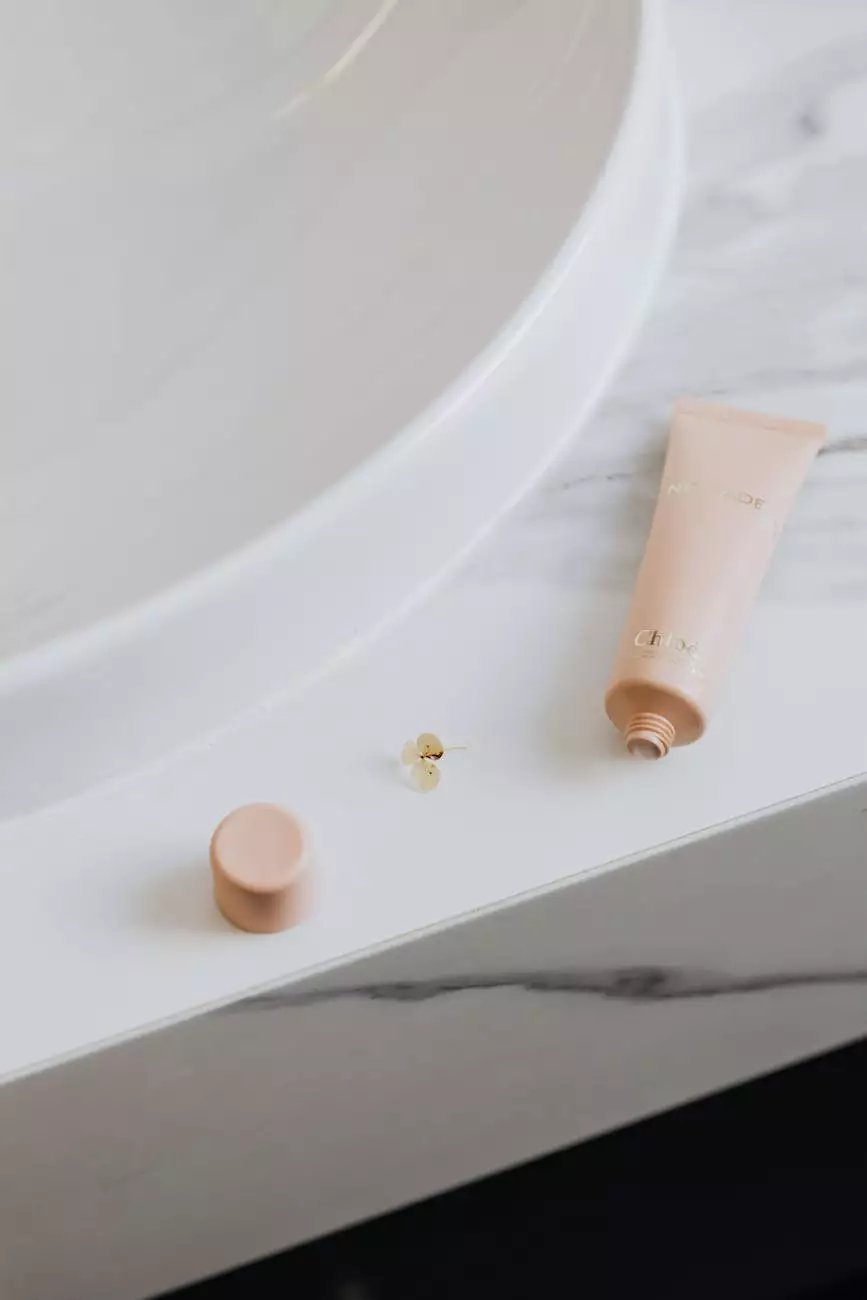Creating Fur in Zbrush - Chloe Worthy
Blog
The Art of Crafting Realistic Fur in Zbrush
In today's digital world, artists and designers are constantly seeking ways to push the boundaries of creativity. One such technique that has gained significant popularity is the creation of realistic fur using Zbrush. In this article, we dive deep into the intricacies of crafting lifelike fur textures in Zbrush.
Understanding the Basics of Fur Creation
Before we delve into the advanced techniques, it's essential to have a clear understanding of the basics. Fur in Zbrush comprises multiple strands, each with its own unique properties. These strands are meticulously sculpted and textured to mimic the characteristics of real fur.
Selecting the Right Brush
The choice of brush plays a crucial role in achieving the desired fur texture. Zbrush offers a wide range of brush presets specifically designed to simulate various types of fur. Experimenting with different brushes and understanding their attributes will enable you to create visually stunning fur textures.
Applying Fiber Mesh
Zbrush's Fiber Mesh feature is a powerful tool for generating intricate fur patterns. By manipulating the settings such as length, thickness, and gravity, you can customize the appearance of every strand. Additionally, Fiber Mesh allows you to control the distribution and density of the fur across your model.
Mastering Advanced Fur Techniques
Using Micro Displacement
To achieve a higher level of realism, consider incorporating micro displacement techniques. By leveraging Zbrush's powerful displacement maps, you can add fine details and imperfections to your fur strands, mimicking the natural variations found in real animals' fur.
Utilizing FiberMesh Grooming Brushes
Zbrush provides an array of grooming brushes that make the process of styling and grooming fur strands incredibly intuitive. These brushes allow you to shape and mold your fur in a way that best suits your artistic vision. Whether it's creating tufts, clumps, or flowing fur, the possibilities are endless.
Adding Translucency and SSS
To truly elevate the realism of your fur, it's crucial to understand the role of translucency and subsurface scattering (SSS). By incorporating these attributes into your fur material, you can simulate how light interacts with hair, resulting in a more believable and organic appearance.
Optimizing Performance and Efficiency
Understanding Poly Count and Fiber Density
When working with fur in Zbrush, it's essential to find the right balance between visual quality and performance. Higher poly counts and fiber densities may result in more detailed fur, but they can also lead to increased rendering times and potential system slowdowns. Experimentation and optimization are key to achieving the desired balance.
Utilizing Layered Texturing
Layered texturing is a valuable technique that allows you to add intricate patterns and colors to your fur strands. By leveraging multiple layers and painting directly on the model, you can achieve a heightened sense of realism and depth in your fur textures.
Conclusion
Creating realistic fur in Zbrush is a fine art that requires patience, practice, and attention to detail. By understanding the fundamental techniques and experimenting with advanced concepts, you can master the art of crafting lifelike fur textures. Whether you are a seasoned professional or a budding enthusiast, the possibilities are endless when it comes to bringing your furry creations to life in the digital realm.
Experience the Expertise of OrangeCoastWeb
At OrangeCoastWeb, we specialize in providing high-end website development services for businesses in the Business and Consumer Services industry. With our team of experts, we strive to deliver exceptional results, helping our clients outrank their competition and achieve their online goals. Contact us today to learn more about how our expertise can elevate your web presence.




